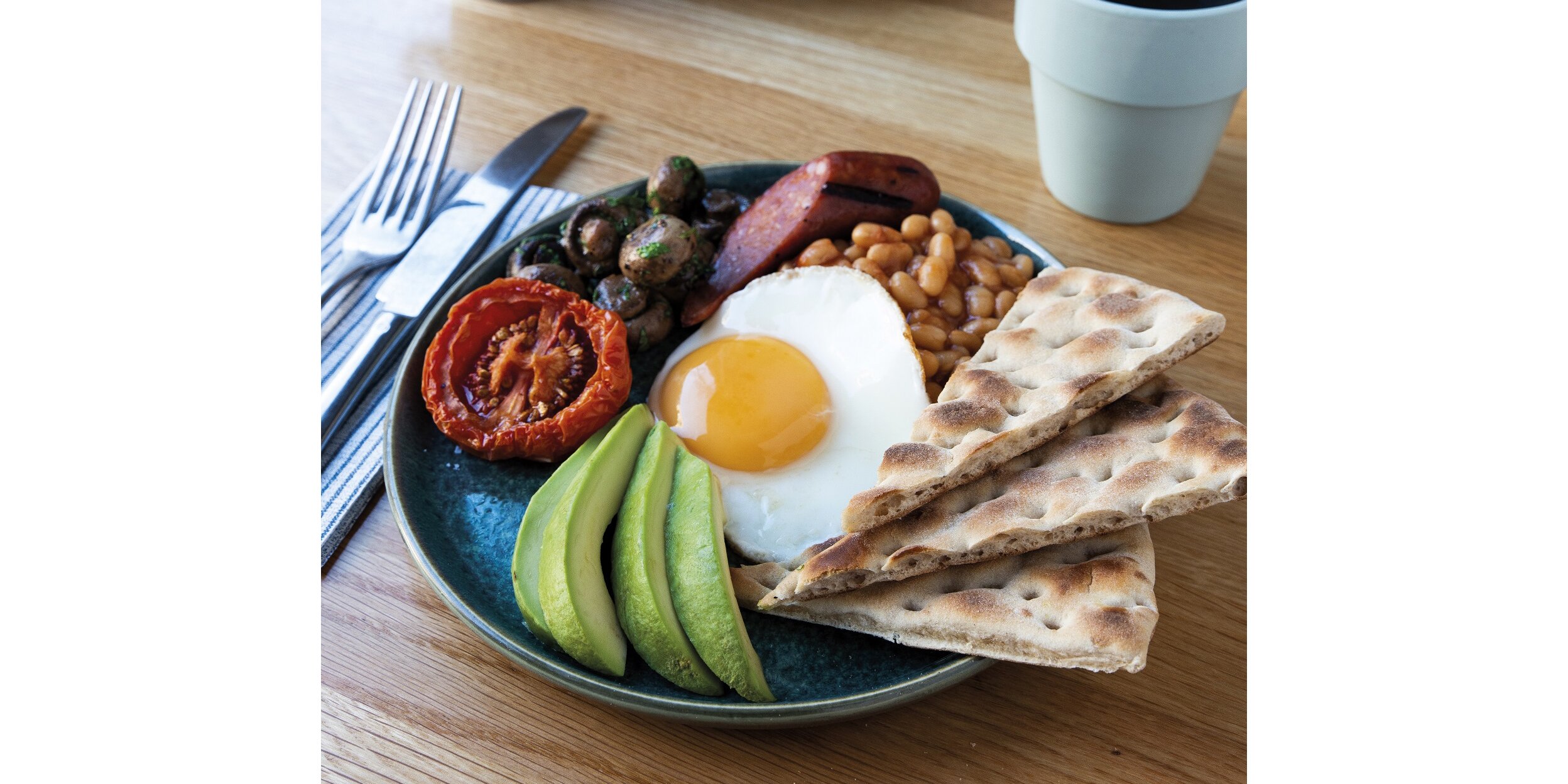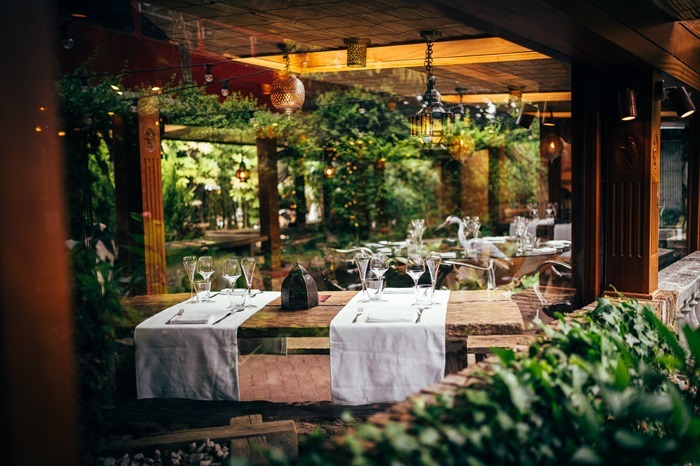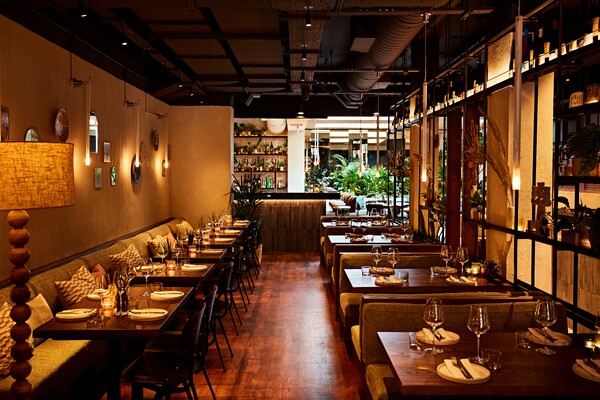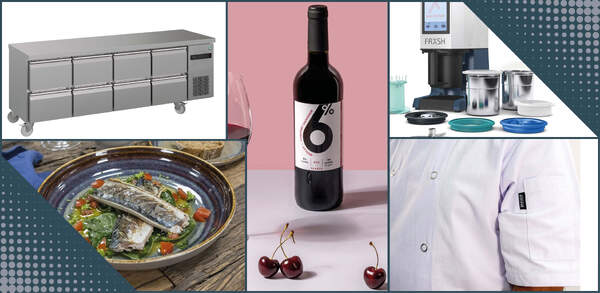Bye bye buffet?: The future of the hotel breakfast
As hotels and restaurants prepare to open again, hygiene and food safety will be a key consideration for customers. So will the self-serve breakfast buffet survive post-shutdown? Lisa Jenkins finds out
With social distancing having the potential to wreak havoc on margins, hotel operators will have to think smart when it comes to their breakfast offering. Fewer covers could mean longer services, and cross-contamination is a major issue. So does that mean the traditional hotel breakfast buffet has met its demise?
Adam Bateman, culinary director of the Grand hotel in Birmingham, hopes so: “Hotels have always tried to add value and have this large buffet, and they are not always great. In the past we’ve tried to take them away, but guests would complain about a lack of options.
“I think this is an opportunity to move away from the typical hotel operation and the dreaded continental buffet. I much prefer the high street approach, similar to how we eat breakfast at home, with a plated choice, whether that is a full English, a bacon sandwich or avocado and poached eggs.”
I think this is an opportunity to move away from the typical hotel operation and the dreaded continental buffet
Bateman states that having no food on display will limit contamination and contact: “For me, I want our guests to feel safe and know we are doing everything to ensure their safety, which will mean most items will need to be individually portioned and sealed.”
How breakfast is served in a post-lockdown world will change considerably from business to business. When it comes to fine dining, Adam Smith, executive chef at the 70-bedroom Coworth Park in Ascot, Berkshire, explains that even when the hotel is full, there are only three breakfast chefs working, a number he plans to stick with after lockdown is lifted. “However, the difference will be how we work with an even more stringent hygiene practice to make sure our team and our guests are all kept safe and well,” he adds.
Coworth Park has always operated an à la carte breakfast menu with no buffet. Smith says that his biggest challenge will be in the dining room, with breakfast in five-star hotels experiencing a ‘crunch time’ when guests all arrive at once, particularly on weekends.
He and his team are looking at how social distancing will work and exploring some creative ideas without taking away from the luxury. He thinks that cereals will have to be poured for guests, as it wouldn’t be practical for dispensers to be sanitised between coming into contact with different people. “We are looking at individually packaged options, including for cereal, which will be produced in-house. We’ll be sourcing some eye-catching packaging.”
Executive head chef Guy Owen at St Enodoc, a privately owned Cornish boutique hotel overlooking the Camel Estuary in Rock, describes how, as a smaller hotel with 21 rooms, it is already operating with a very small team.
“Once we fully understand the social distancing rules, we can then plan effectively. We have two restaurant spaces, so we are looking into serving breakfast across both areas if social distancing rules remain at two metres, and during warmer periods we can use our outside space as well.
“Currently we are looking at a multitude of ways to offer single-serve items: cereals, cured meats, macerated fruits and so on. We would look at packaging some of this ourselves in sustainable packaging.”
But Owen emphasises that any changes to the service mustn’t be at the detriment of quality: “We will want to do all we can to continue to provide the romance and theatre of what breakfast at a good hotel is. A huge part of any hotel stay is breakfast, and it is the last thing you generally eat before leaving. It’s considered a treat and a highlight of the stay – and, for me, it’s one of the most fundamentally important aspects of staying in a hotel.”
A huge part of any hotel stay is breakfast, and it is the last thing you generally eat before leaving. It’s considered a treat and a highlight of the stay
It’s a wrap
For those considering pre-packaged or takeaway options, Huhtamaki offers a wide range of sustainable and durable takeaway containers, including brightly coloured paperboard cups for hot drinks. The Huhtamaki Taste fluted packaging is designed with heat retention properties, ideal for a caterer as part of a socially distanced, hygienic serving option.
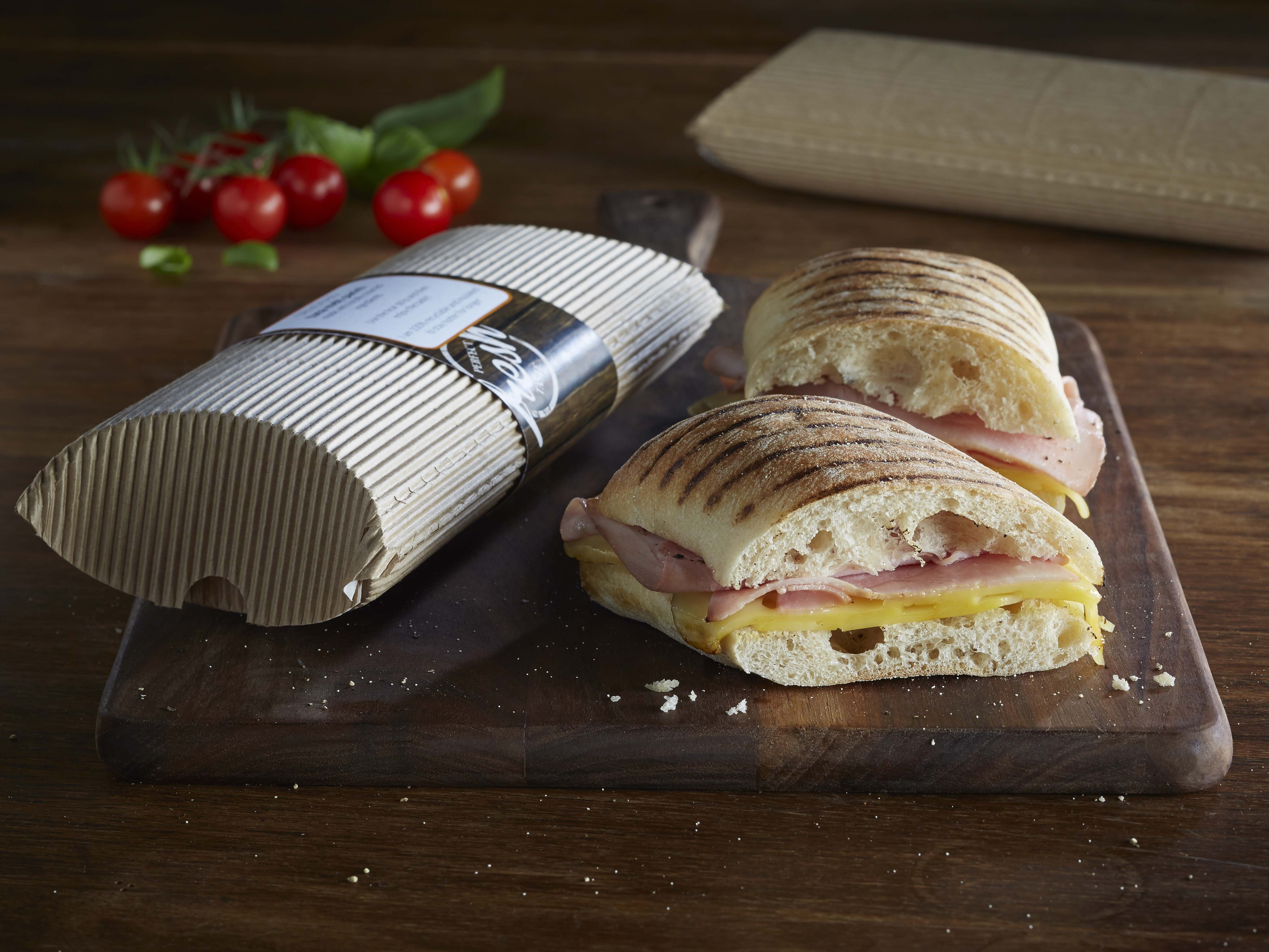
Individually portioned foods are also an easy solution. Frozen food distributor Central Foods has a wide range of key products, including English breakfast muffins and American pancakes, which Gordon Lauder, managing director, suggests can be mixed and matched with an array of different toppings.
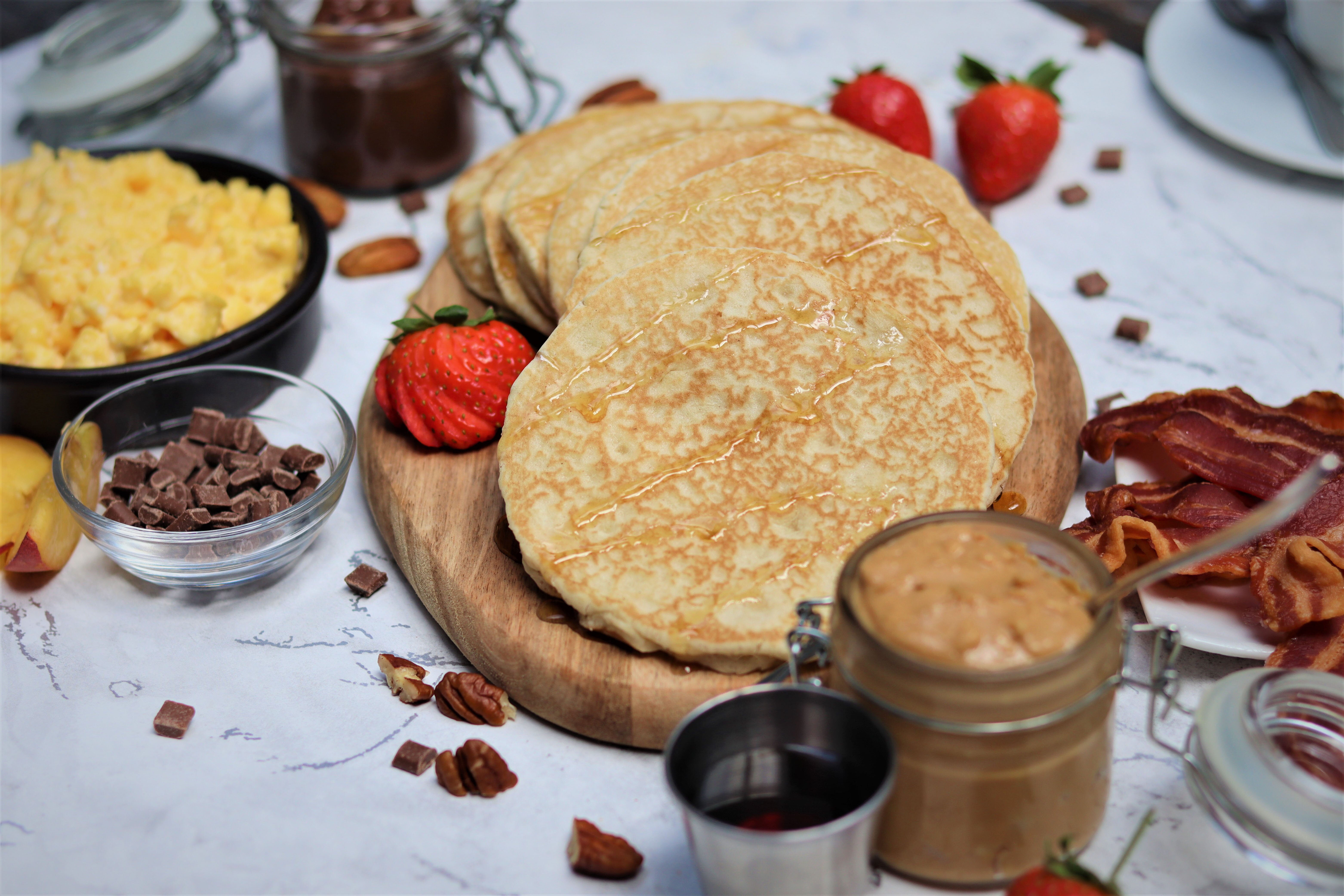
Lauder also advises thinking beyond the traditional offerings: “Fruit bread tastes great toasted and buttered for breakfast or pimped up with fresh fruit and cream for a really indulgent breakfast or all-day treat.”
Lauder says that even with coronavirus restrictions in place, breakfast still has potential for growth: “We know that breakfast is one of the fastest growing eating-out occasions and it’s thought to be one area of the foodservice sector that has the chance to grow further. The NPD Group recently revealed that breakfast ‘quick-service restaurant’ visits had increased by 4.5% in the year ending December 2019 compared to the previous year.”
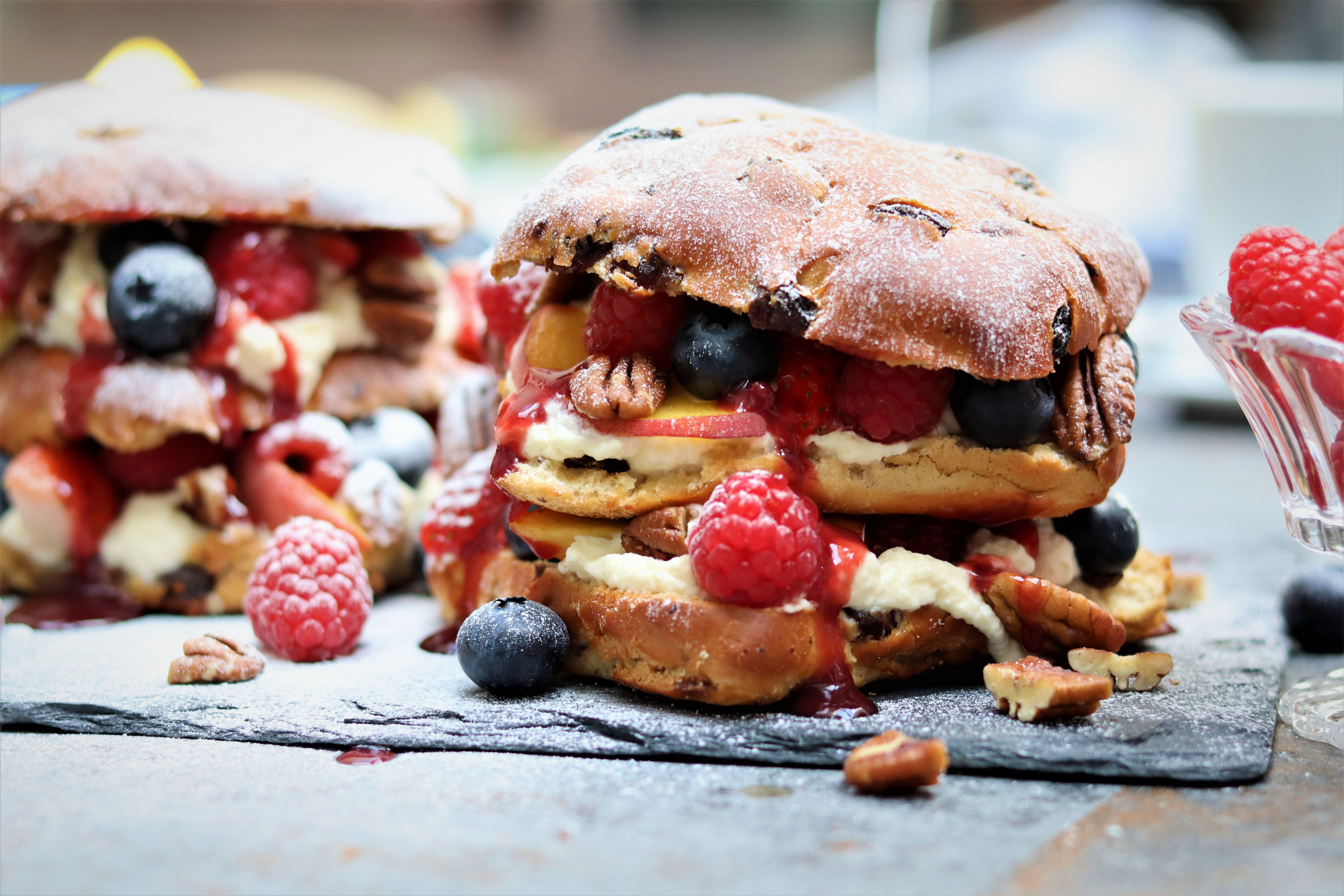
Kim Hartley, business development chef at Mission Foods, agrees that the traditional approach to breakfast is on the way out: “Where once you had your cereal, toast or even a full English to kickstart the day, the modern, busier world means that many of us (38%) do not have the time. So how can operators get customers through the door when they are so time poor?”
She believes the key to a successful breakfast offering starts with the menu, and rather sticking with the traditional, it’s more important to make customers stop and think. In short: “You need to stand out from the crowd.”
This would necessitate operators having access to a versatile range of products and ingredients to provide consumers with a wide selection of options. Mission Foods supplies a range of plain, bar-marked and flavoured tortilla wraps, and Hartley suggests adding a spicy chorizo sausage wrap for guests on the go, or topping pittas with Welsh rarebit and fried eggs.
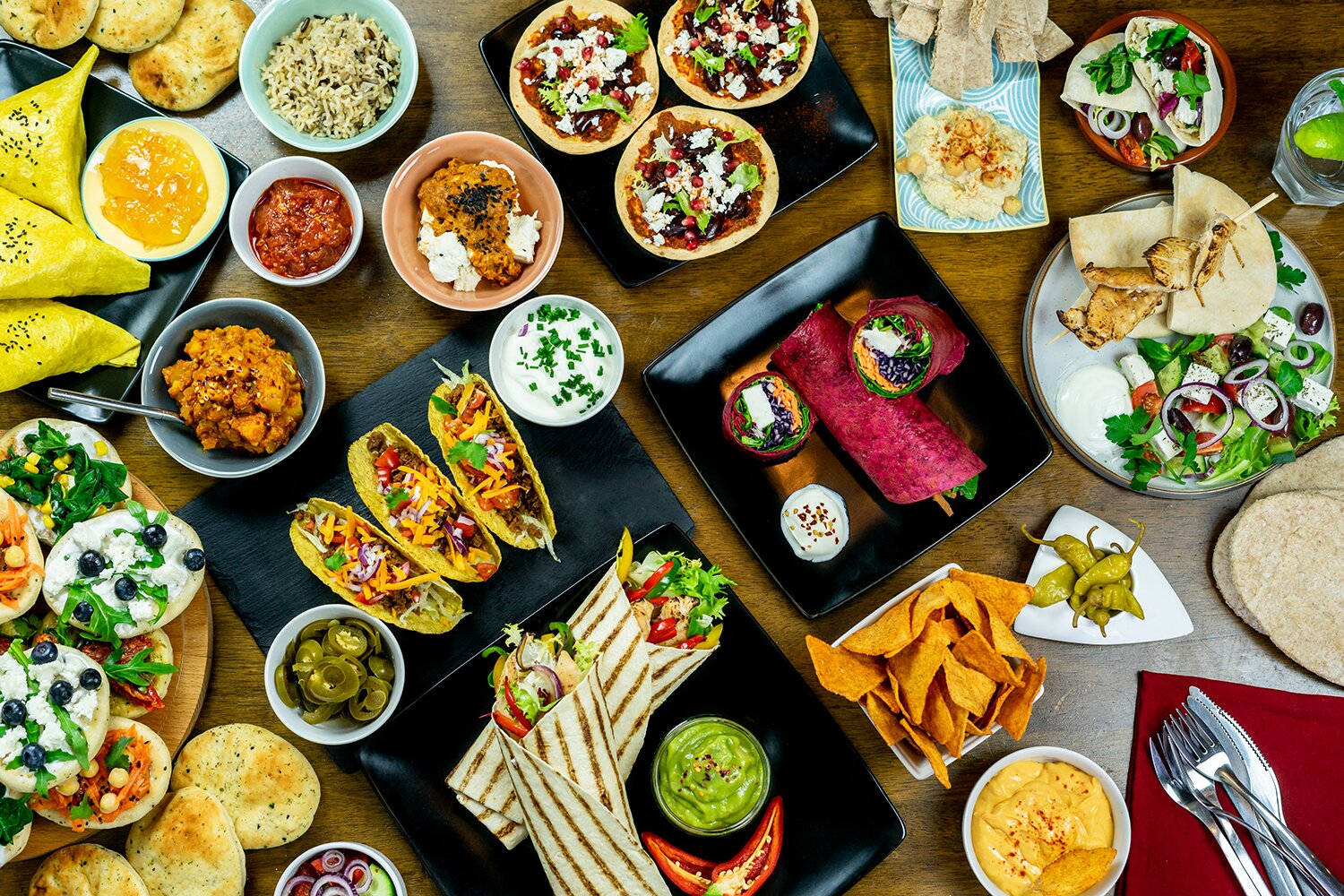
As for the breakfast buffet? There’s hope for it yet. Owen says: “It’s probably here to stay. It’s a big part of the aesthetic. It will just have to be tailored to fit in with the new procedures. We have to fight and adjust to keep the spirit of breakfast alive.”
Ready to go
One easy way of avoiding social distancing requirements is to offer takeaway and grab-and-go options instead of dine-in. Jenny Jeppsson, concept manager at Swedish flatbread company Polarbröd, predicts that the consumer appetite for out-of-home, grab-and-go breakfast options will continue to grow, and suggests looking to Scandinavia for inspiration.
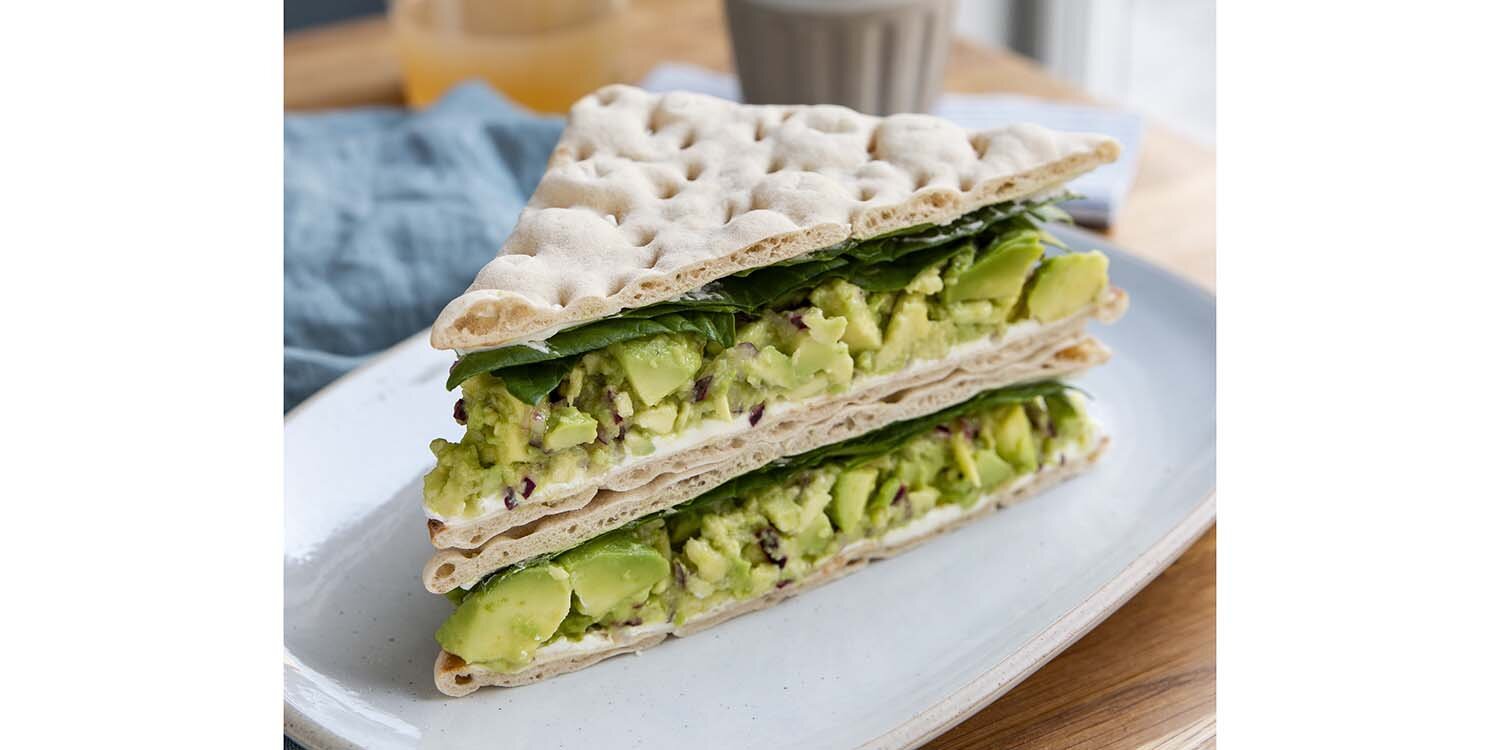
“Swedish breads are becoming more popular and well known in the UK now. Breakfast or brunch wraps, sandwiches and rolls using Scandi thin-breads and flatbreads would be a great way to introduce something new to a breakfast or brunch menu.”
“Open sandwiches topped with egg, smoked salmon or cheese are popular Swedish breakfast choices. Also try toasting or grilling the flatbreads, or serving a flatbread alongside a traditional full English breakfast to combine Scandinavian and British influences.

“Wraps and rolls are convenient, as they can be eaten in or taken out – requiring nothing more than a paper cup, serviette or paper wrapping to carry them,” she adds.
If you are going to promote a takeaway breakfast, Nic Townsend, trade marketer, for Farm Frites UK & Ireland, advises the key to any takeaway breakfast is how it will travel and how the quality is protected on the go.
“When it comes to breakfast there are no right or wrong answers; for example a traditional English breakfast can be served in a roll or even layered over chips. Our breakfast fries recipe offers a tempting dish of fries loaded with ham and eggs for a simple dish that is ready to go and travel-friendly,” Townsend explains.
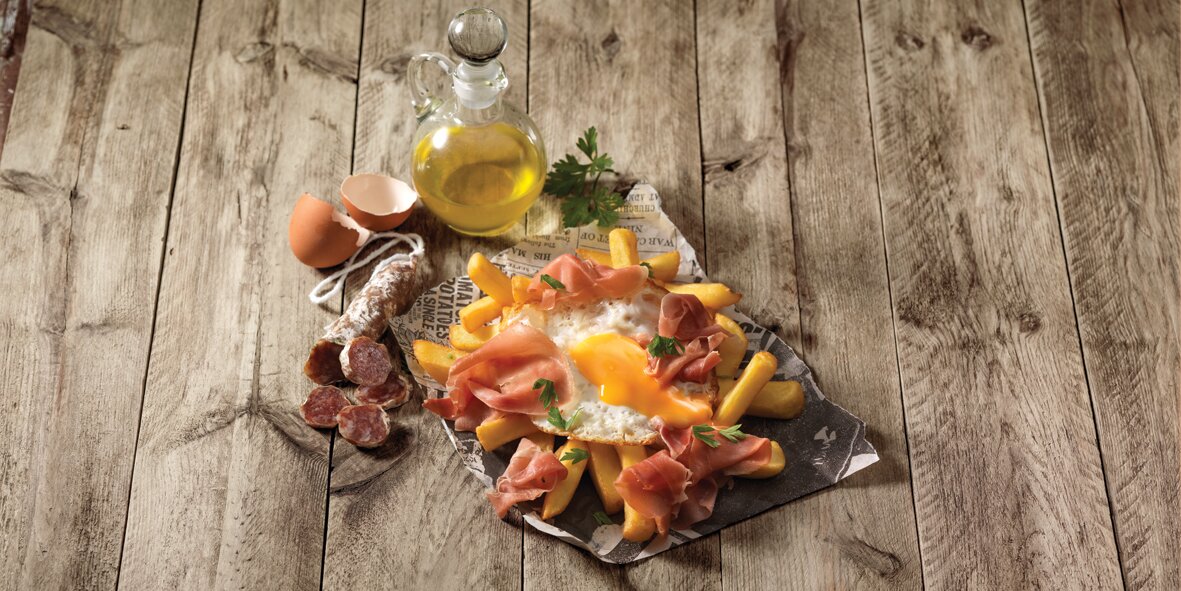
Helen Hyde, business unit manager at Tabasco, reminds operators of the growing influence of Mexican flavours on breakfast menus, which can be adapted for grab-and-go with a branded mini bottle or sachet of Tabasco sauce.
“In addition to these on-the-go and big-flavour breakfasts, eggs – in any shape or form – are an inexpensive form of high-quality protein and continue to do well in out-of-home breakfast and brunch occasions.
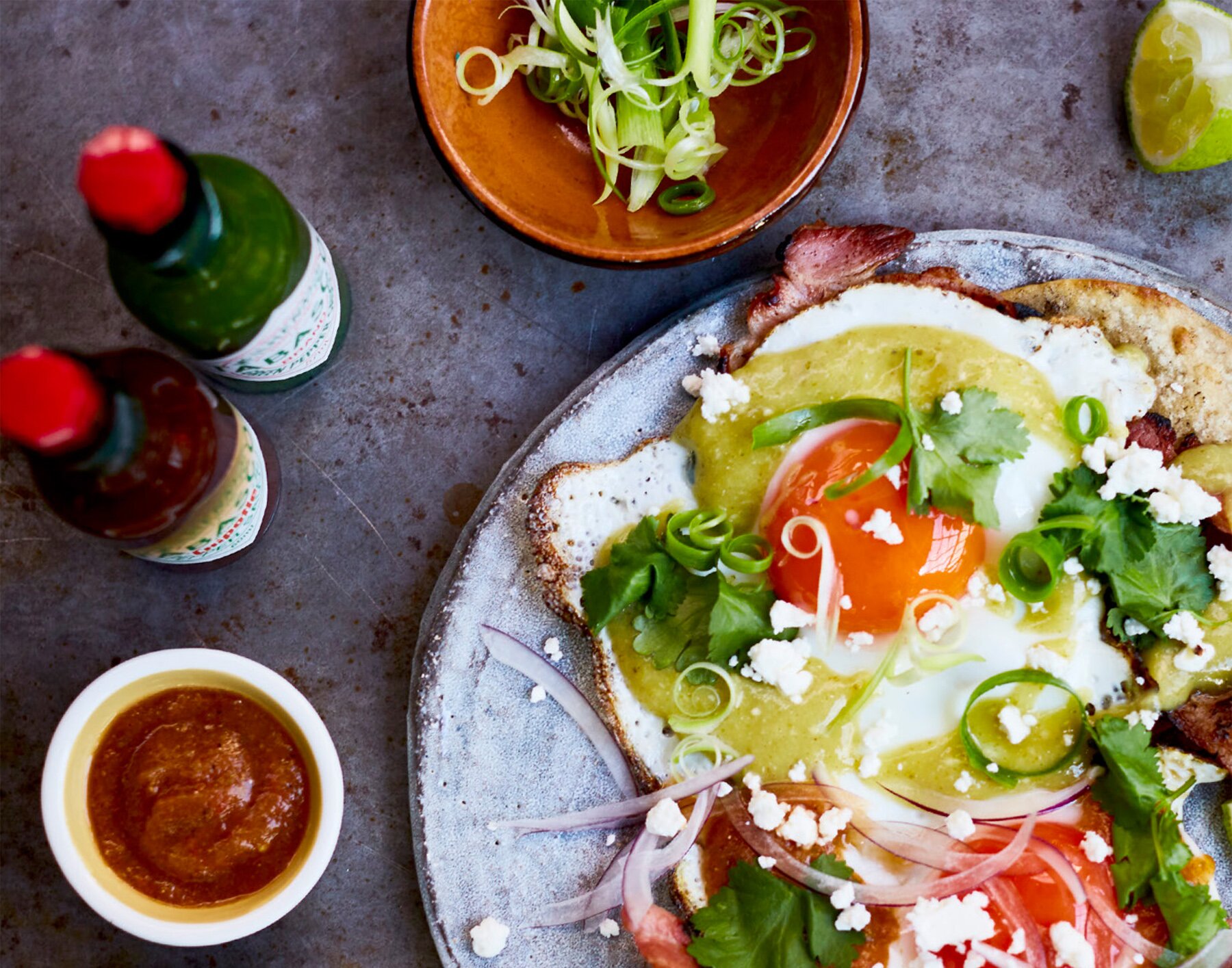
“Creating a point of difference remains important, and all these formats work well with a touch of Tabasco Red or Tabasco Chipotle, but they also work with the traditional full English pairing perfectly with beans, bacon, and sausages.”
The healthy option
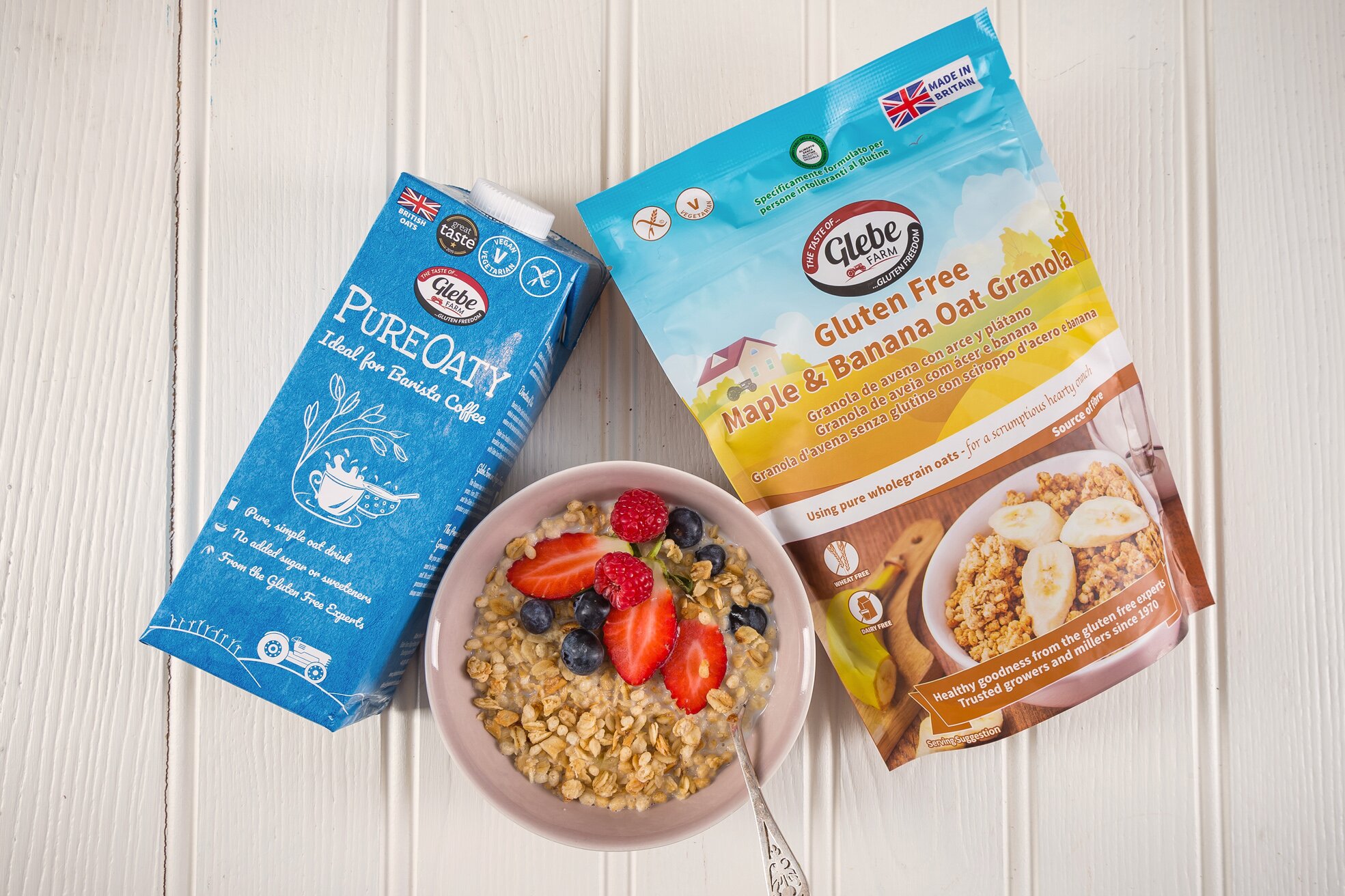
Rebecca Rayner, director of Glebe Farm Foods says: “Health and nutrition has proven to be a major focus for consumers in recent years, with healthy breakfast options, including the likes of acai bowls, chia pudding and overnight oats booming in hotels and restaurants.”
Rayner suggests porridge as one option – a 40g bowl of Glebe Farm gluten-free porridge oats contains 3.6g of fibre and 5.9g of protein.
Becci Eplett, marketing manager for Huhtamaki UK, says porridge is a nutritious start to the day and she suggests following Instagram trends such as porridge made with striking additions such as berry compote, edible flowers or locally made honeycomb.
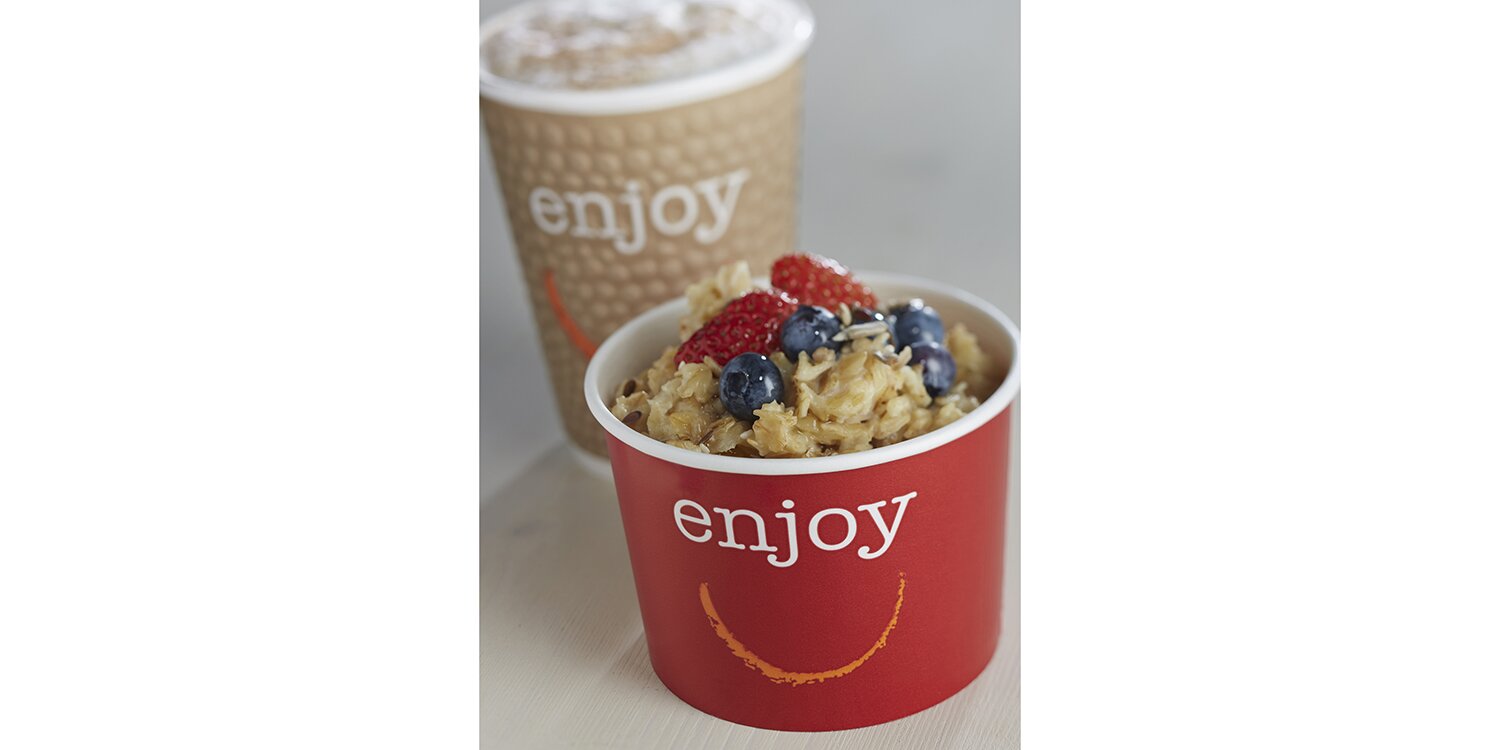
“Chai is another popular breakfast contender with its nutritious profile,” she explains. “The simplest way to serve is to add coconut milk and leave for a few hours for the seeds to absorb the milk, and then top with some fresh fruit for an easy yet unusual breakfast offering.”



